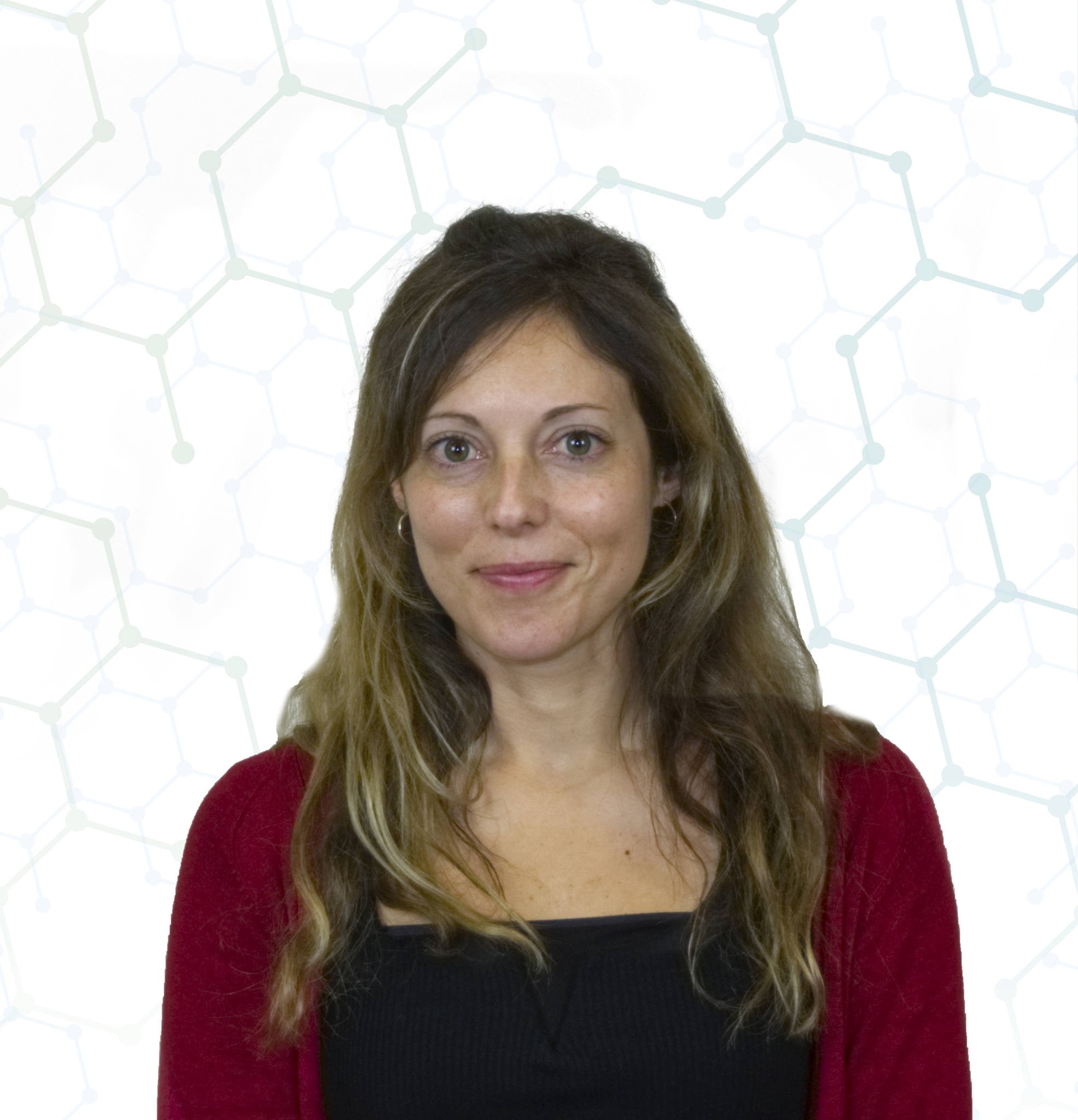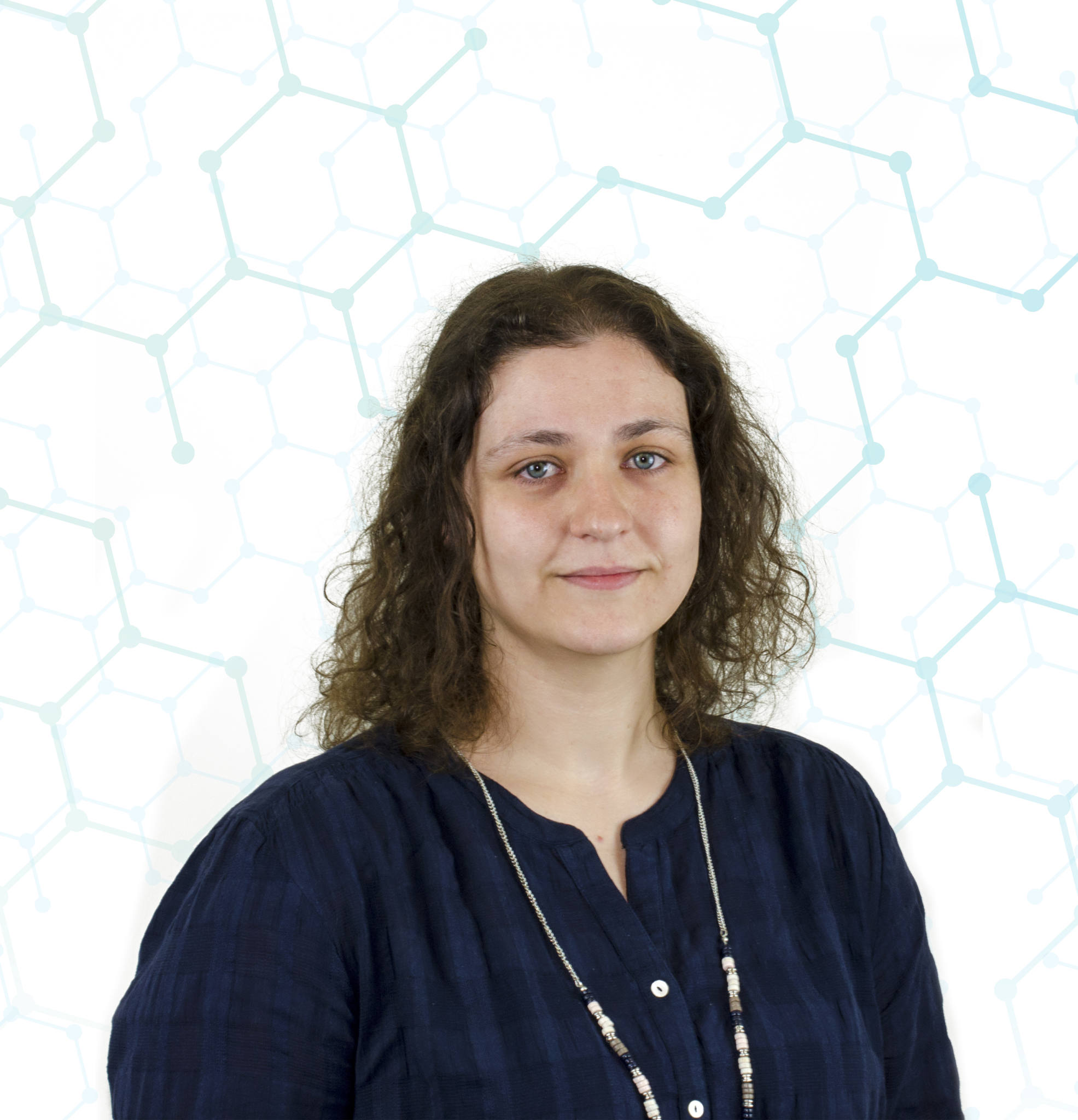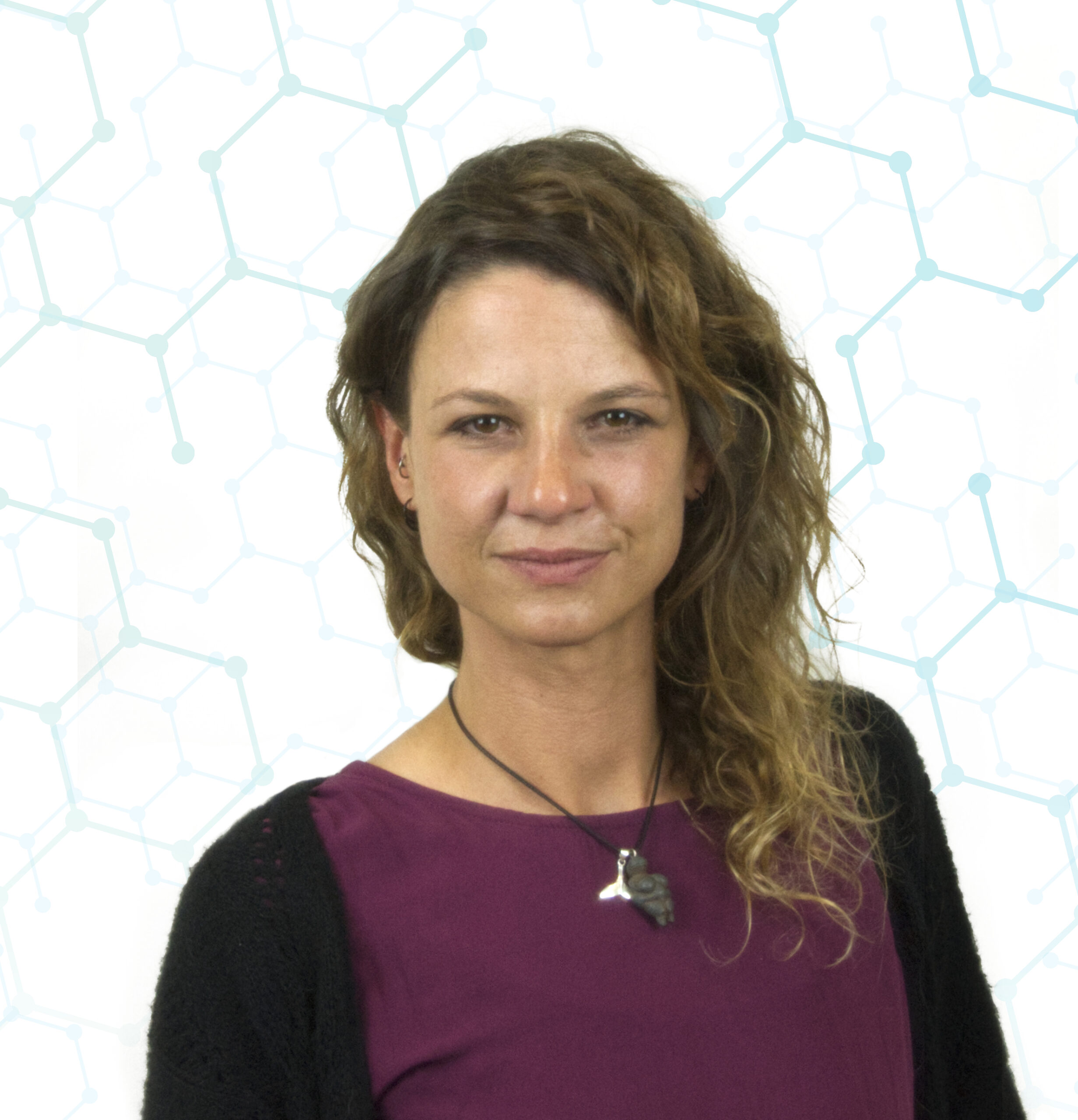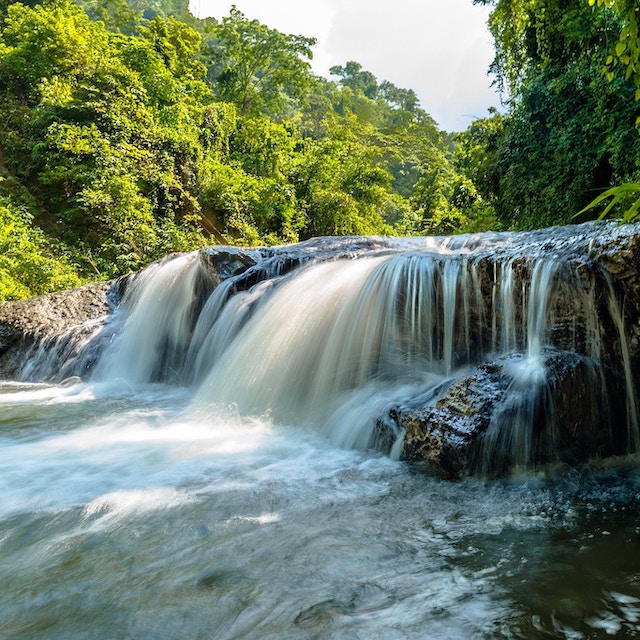FRESHWATER ECOSYSTEMS
The Freshwater ecosystems research group focuses its activity on studying the main factors that determine the composition, operation and interrelation of these ecosystems, as well as their response to human activity.
The main interest of the group lies in researching and determining the main biophysical mechanisms that confer resilience to continental aquatic ecosystems and adjacent terrestrial ecosystems, allowing them to maintain their functionality and biodiversity in the face of natural or anthropogenic disturbances.
In addition, part of its activity is devoted to transferring acquired knowledge and developing tools to improve the management and conservation of natural resources, making itself available to government agencies and private companies.
AREAS OF EXPERTISE
Ecology of fresh water
Remote sensing and ecological modeling
Monitoring and evaluation of the state of ecosystems and species
Characterization of ecosystem services
Conservation and management of ecosystems, habitats, communities and species
Ecology of fresh water
Monitoring and evaluation of the state of ecosystems and species
Characterization of ecosystem services
Conservation and management of ecosystems, habitats, communities and species
Remote sensing and ecological modeling
TECHNICAL RESOURCES
field campaigns equipment
- Physico-chemical Multi-probes with rhodamine sensor
- Temperature-Oxygen, Water Temperature-Level and
- Temperature-Light probes
- SonTek RiverSurveyor – M9 Acoustic Doppler Profiler
- SonTek FlowTracker Handheld – Acoustic Doppler Velocimeter
- Laser Scanner Focus3D
- Electrofishing back-pack ELT60II HONDA GXV50
- Metabolism incubation chambers
- Field Spectrum-Radiometer ASD FieldSpec 4 & White Spectralon panel
- Macroinvertebrate sampling gear
field campaigns equipment
- Physico-chemical Multi-probes with rhodamine sensor
- Temperature-Oxygen, Water Temperature-Level and
- Temperature-Light probes
- SonTek RiverSurveyor – M9 Acoustic Doppler Profiler
- SonTek FlowTracker Handheld – Acoustic Doppler Velocimeter
- Laser Scanner Focus3D
- Electrofishing back-pack ELT60II HONDA GXV50
- Metabolism incubation chambers
- Field Spectrum-Radiometer ASD FieldSpec 4 & White Spectralon panel
- Macroinvertebrate sampling gear
experimental facilities
IHCantabria Headquarters
IHCantabria Headquarters
R+D+i PROJECTS
EUROPEAN RESEARCH PROGRAMS
RIPARIANET
The RIPARIANET project is funded by Biodiversa+, a program developed by the European Commission as part of the EU Biodiversity Strategy 2030. The project aims to assess the multiple riparian functions, biodiversity facets and environmental stressors at the local scale and, subsequently, scale up this information to the network scale in six European catchments ranging from Northern Portugal and Spain to Sweden. This will allow identifying resilient riparian ecosystems and prioritize conservation and/or restoration efforts in different socio- and eco-regional contexts.
Learn More
DRYvER
DRYvER is a project of the EU-Horizon 2020 programme, which aims to collect, analyse and model data from nine temporary river networks in Europe and South America to create a novel meta-ecosystem approach incorporating hydrology, socio-economics, ecology and biogeochemistry in order to develop strategies, tools, guidelines and recommendations for the adaptive management of river networks on a European and global scale.
Learn More
DIVAQUA
LIFE DIVAQUA is a conservation project funded by the European Commission’s LIFE programme. The actions included in the DIVAQUA project aim to maintain and improve the conservation status of the habitats and species of Community interest that appear in the inland aquatic ecosystems of the DIVAQUA area (basins that drain the Picos de Europa National Park; Northern Spain).
Learn More
FPCUP (Copernicus)
The FPCUP project aims to increase the number of Copernicus users in national and international administrations, research centres and companies. IHCantabria participates in different FPCUP actions coordinated at a European level, such as LULUCF, with the aim of improving the reporting of GHG emissions, or CopRIVER, aimed at complementing the European product Riparian Zones, and coordinates others aimed at training and the creation of user networks, such as ApliCOP and CopTRAIN.
Learn More about Copernicus
Learn More about LULUCF
Learn More about ApliCOP
ALICE
Its main objective is to promote sustainable investments in blue and green infrastructures (BGINs) by identifying the benefits of the ecosystem services provided at the land-water and land-sea interfaces in the Atlantic Region.
Learn More
EUROFLOW
EUROFLOW-MSCA-ITN-2017
A european training and research network for environmental flow management in river basins. Focused on the development of multidisciplinary approaches for river basin management and environmental flows, and training a cohort of researchers to be future leaders in the science and policy of this field.
Learn More
ALICE
Its main objective is to promote sustainable investments in blue and green infrastructures (BGINs) by identifying the benefits of the ecosystem services provided at the land-water and land-sea interfaces in the Atlantic Region.
Learn More
EUROFLOW
EUROFLOW-MSCA-ITN-2017
A european training and research network for environmental flow management in river basins. Focused on the development of multidisciplinary approaches for river basin management and environmental flows, and training a cohort of researchers to be future leaders in the science and policy of this field.
Learn More
NATIONAL RESEARCH PROGRAMS
RIFFLE
PID2020-114427RJ-I00
Functional responses of river ecosystems to altered flow patterns: generation of scientific evidence for the implementation ecological flows.
Proyectos de I+D+i” en el Marco de los Programas Estatales de Generación de Conocimiento y Fortalecimiento Científico y Tecnológico
Saber Más
HYDRA
HYDRA will focus on how the operation of rivers and the supply of services are affected by the hydrological alteration (HA) of the operation of dams and changes in land use.
Learn More
WATERLANDS
WATERLANDS aims to understand the links between river hydrological patterns and land cover and forest dynamics in order to integrate the implementation of nature-based solutions into water resources planning. A secondary objective is to link hydrological and thermal regimes from climate patterns and land cover dynamics to the functioning patterns of the river ecosystem.
Learn More
WATERLANDS
WATERLANDS aims to understand the links between river hydrological patterns and land cover and forest dynamics in order to integrate the implementation of nature-based solutions into water resources planning. A secondary objective is to link hydrological and thermal regimes from climate patterns and land cover dynamics to the functioning patterns of the river ecosystem.
Learn More
HYDRA
HYDRA will focus on how the operation of rivers and the supply of services are affected by the hydrological alteration (HA) of the operation of dams and changes in land use.
Learn More
TECHNOLOGICAL TRANSFER
MOLBIO
The MOLBIO project is an industrial research project developed by the ECOHYDROS S.L. SME with the collaboration of IHCantabria. The project focuses on the research, from a service and associated product perspective, of the possibilities of applying the environmental DNA technique for the identification and estimation of species biomass in freshwater ecosystems. By means of specific experiments, the aim is to solve some uncertainties that currently exist, to define and validate new methodologies for monitoring and following up biological indicators in rivers.
Nature 2000 Network in Cantabria
IHCantabria collaborated in drafting the Management Plan for the spaces of the Natura 2000 Network in Cantabria, an administrative instrument that lays out the management guidelines, objectives and measures needed to guarantee achieving and/or maintaining the proper conservation of habitats and species of community interest in Cantabria.
Learn More
Monitoring the effects of global change in European Peaks National Park (PNPE)
The assessment of the effects of global change on aquatic ecosystems of the national park started in 2012 and continued with several projects (CENTINELA, BIOGLOB and MONITOREA) providing a long-term monitoring program. This program is essential to unravel the effects of global change (such as land use and changing climate conditions) on the aquatic ecosystems of European Peaks National Park.
Know more
Access the Collected Data
MOLBIO
The MOLBIO project is an industrial research project developed by the ECOHYDROS S.L. SME with the collaboration of IHCantabria. The project focuses on the research, from a service and associated product perspective, of the possibilities of applying the environmental DNA technique for the identification and estimation of species biomass in freshwater ecosystems. By means of specific experiments, the aim is to solve some uncertainties that currently exist, to define and validate new methodologies for monitoring and following up biological indicators in rivers.
Nature 2000 Network in Cantabria
IHCantabria collaborated in drafting the Management Plan for the spaces of the Natura 2000 Network in Cantabria, an administrative instrument that lays out the management guidelines, objectives and measures needed to guarantee achieving and/or maintaining the proper conservation of habitats and species of community interest in Cantabria.
Learn More
Monitoring the effects of global change in European Peaks National Park (PNPE)
The assessment of the effects of global change on aquatic ecosystems of the national park started in 2012 and continued with several projects (CENTINELA, BIOGLOB and MONITOREA) providing a long-term monitoring program. This program is essential to unravel the effects of global change (such as land use and changing climate conditions) on the aquatic ecosystems of European Peaks National Park.
Know more
Access the Collected Data
iHabitat: spatial modeling of vegetation and landscape dynamics
The iHabitat research line (Modelling Landscape Patterns and Processes) of IHCantabria combines a suite of modelling tools designed for the spatial and temporal analyses of landscape patterns and processes affecting aquatic and terrestrial ecosystems. Mapping land cover patterns at various spatiotemporal dynamics, the interaction of vegetation and soil with water resources, the development of scenarios of landscape dynamics under global change and the valuation of ecosystem services extend the purpose of iHabitat to obtain simple answers to disentangle the multivariate relationships of complex reality.
Learn More
PUBLICATIONS
Mechtildis, C., Hendriks, J., Stoorvogel, J.J., Álvarez‐Martínez, J.M., Claessens, L., Pérez‐Silos, I. & Barquín, J. 2020
Introducing a mechanistic model in digital soil mapping to predict soil organic matter stocks in the Cantabrian region (Spain).
European Journal of Soil Science. DOI: 10.1111/ejss.13011
Estevez, E., Larrañaga, A., Alonso, C. & Barquin, J. 2020.
Effects of changes in food resources due to variations in forest cover on stream macroinvertebrate community size structure.Aquatic Sciences. DOI: 10.1007/s00027-020-0713-5
González‐Ferreras, A.M., Bertuzzo, E., Barquín, J., Carraro, L., Alonso, C. & Rinaldo, A. 2019
Effects of altered river network connectivity on the distribution of Salmo trutta: Insights from a metapopulation model
Freshwater Biology. DOI: 10.1111/fwb.13379
Pérez‐Silos, I., Álvarez‐Martínez, J.M. & Barquín, J. 2019.
Modelling riparian forest distribution and composition to entire river networks
Applied Vegetation Science. DOI: 10.1111/avsc.12458
Estevez, E., Álvarez‐Martínez, J.M., Alvarez-Cabria, M., Robinson, C.T., Battin, T.J., Barquín, J. 2019.
Catchment land cover influences macroinvertebrate food‐web structure and energy flow pathways in mountain streams
Freshwater Biology. DOI: 10.1111/fwb.13327
Belmar, O., Booker, D.J., Álvarez‐Cabria, J.M., Peñas, F.J., Barquín, J. 2019
Modelling physical characteristics of river habitats
River Research and Applications. DOI: 10.1002/rra.3456
Rodríguez-Castillo, T., Estévez, E., González-Ferreras, A.M. & Barquín, J. 2020
Estimating ecosystem metabolism to entire river networks.
Ecosystems. DOI: 10.1007/s10021-018-0311-8
Peñas, F.J. & Barquin, J. 2019
Assessment of large-scale patterns of hydrological alteration caused by dams
Journal of Hydrology. DOI: 10.1016/j.jhydrol.2019.03.056
Estévez, E., Rodríguez-Castillo, T., González-Ferreras, A.M., Cañedo-Argüelles, M. & Barquín, J. 2019.
Drivers of spatio-temporal patterns of salinity in Spanish rivers: a nationwide assessment
Philosophical Transactions of the Royal Society B. DOI: 10.1098/rstb.2018.0022
Álvarez-Martínez, J.M., Silió-Calzada, A. & Barquín, J. 2018.
Can training data counteract topographic effects in supervised image classification? A sensitivity analysis in the Cantabrian Mountains (Spain)
International Journal of Remote Sensing. DOI: 10.1080/01431161.2018.1489163
Álvarez-Martínez, J.M., Jiménez-Alfaro, B., Barquín, J., Ondiviela, B., Recio, M., Silió-Calzada, A., Juanes, J.A. 2018.
Modelling the area of occupancy of habitat types with remote sensing
Methods in Ecology and Evolution. DOI: 10.1111/2041-210X.12925.
Barquin, J., Alvarez-Martinez, J.M, Jimenez-Alfaro, B., Garcia, D.I., Vieites, D., Serrano, E., Gonzalez-Diez, A., Tejon, S., de Luis Calabuig, E., Taboada, A., Purroy, F.J., Del Jesus, M., Naves, J., Fernandez-Gil, A., Serdio, A., Lucio, A.J., Suarez, R. & Araujo. J. 2018.
The Integration of knowledge about the Cantabrian Cordillera: towards an inter-regional observatory of global change.
Ecosistemas. DOI: 10.7818/ECOS.1422
Peñas, F.J. & Barquin, J. 2018.
A comparison of modeling techniques to predict hydrological indices in ungauged rivers.
Limnetica. DOI: 10.23818/limn.37.12
Silio-Calzada, A., Barquín, J., Huszar, V.L.M., Mazzeo, NM., Méndez, F., Alvarez-Martinez, J.M. & Barquin, J. 2017.
Long-term dynamics of a floodplain shallow lake in the Pantanal wetland: Is it all about climate?
Science of the Total Environment. DOI: 10.1016/j.scitotenv.2017.06.183
TEAM








PREDOCTORAL RESEARCHERS













